Raghuvir Badrinath and Jyoti Mukul in Bengaluru/New Delhi
The company had achieved financial closure and firmed up plans to infuse initial equity of Rs 700 crore (Rs 7 billion).
Within two months of its exit from the Male airport following opposition from the Maldives government, GMR Infrastructure has bowed out of another contract: the Ahmedabad-Kishangarh highway project that it had bagged in 2011 from the National Highways Authority of India after an ambitious bid to build, operate and levy toll on it.
It was the largest highway project ever to be undertaken in the country and GMR had agreed to pay the government Rs 636 crore (Rs 6.36 billion) instead of seeking viability-gap funding from it.
The project involved broadening the existing highway, and was to start operations this April.
. . .
Exit from highway project signals new GMR strategy
Image: GMR Group chairman and MD G M RaoPhotographs: Courtesy, GMR Group
The cost of the project was Rs 7,500 crore (Rs 75 billion).
The revenue projection for the first year was around Rs 660 crore (Rs 6.6 billion), and it was expected to grow 14 per cent year-on-year.
The company had achieved financial closure and firmed up plans to infuse initial equity of Rs 700 crore (Rs 7 billion).
It had placed a contract worth Rs 5,000 crore (Rs 50 billion) with Larsen & Toubro.
But, in a sudden turnaround earlier this month, it found the project unrealistic to implement, and blamed the stately pace of green clearances for the exit.
What really went wrong?
. . .
Exit from highway project signals new GMR strategy
Image: A woman works at a road construction site.Photographs: Jayanta Dey/Reuters
GMR has an impressive portfolio of projects that it wants to build and operate.
The Ahmedabad-Kishangarh highway was its trophy project, and for its sake the company had even gone against the thumb rule for profitability in the infrastructure space.
The surest way for private companies to make money in the infrastructure sector is to bid for projects which come with the assurance of public funding.
But companies often overlook such projects in favour of self-funded ones with operational rights as they offer the promise of higher returns.
Often, they bid too much for these projects, which they later find hard to sustain if the initial projections begin to go haywire.
For GMR, too, that may have been the case.
The image is for representation only
. . .
Exit from highway project signals new GMR strategy
Photographs: Reuters
Unlike the $500-million Male project, which it did not want to exit after running it for nearly three years, this highway project was found un-implementable.
Those in the know say GMR Infrastructure's ambitious bid was to blame.
The bid, in which GMR beat Larsen & Toubro, Reliance Infrastructure, GVK and Nagarjuna Constructions, was considered too aggressive.
RP Singh, chairman, National Highways Authority of India, says the project was among those bid out on high premium, which the company was finding difficult to implement.
Still others think the exit was, in part, an outcome of the company's asset-light strategy that it had articulated a year ago.
The image is for representation only
. . .
Exit from highway project signals new GMR strategy
While counter risks of severe penalties for terminating the project still remain a challenge for the company, analysts see the termination as a blessing in disguise for GMR.
"Financially, it will be positive for GMR as the stress on its balance sheet due to this aggressive project bid could get eliminated.
Once the termination is finalised, stake-sale in the road vertical would also be easy and at better value as almost all its (other) projects are operational," says an Edelweiss report on the company.
Piling up debts
GMR has been under strain over the past couple of years due to a clutch of reasons: high leverage, lack of adequate gas to fuel its power plants, delayed increase in tariff at the Delhi airport, and an overambitious overseas foray, among others.
The image is for representation only
. . .
Exit from highway project signals new GMR strategy
The company has been arguing that infrastructure is a long-term play and during the past decade it has built up assets which will result in substantial revenue flows in the future.
While GMR did not respond to an email sent to it, a senior company executive says, "We have built sizeable assets and have experience in handling large infrastructure projects.
"We will now consolidate."We are going light in building further assets and we will try to start driving profit margins."
However, despite the setbacks and the asset-light strategy, GMR is keen to bid for more projects.
The image is for representation only
. . .
Exit from highway project signals new GMR strategy
"It (the Maldivian issue) gives a lot of experience and we will participate wherever there is a transparent bidding.
"This project was made a success story by International Finance Corporation ," GM Rao, chairman, GMR Group, had told Business Standard recently.
Despite this strategy of going asset-light, GMR will have a tough task ahead in getting back into the black.
There are issues in power, to begin with.
Two of its three power projects, which are operational and have a combined capacity of 608 Mw, face inadequate gas supply, while the third (of 800 Mw) is idle due to the non-availability of gas.
The image is for representation only
. . .
Exit from highway project signals new GMR strategy
However, the company is hoping that during 2013, it will bring into operation additional capacity of 1,300 Mw of capacity based on coal, which will salvage its performance.
GMR is also engaged with its lenders to restructure the Rs 2,600-crore (Rs 26-billion) debt for 768 Mw gas-based power project in Rajahmundry, the commissioning date of which has been deferred due to the lack of gas supply.
GMR has been in protracted negotiations with the government on securing gas from the west coast, the infrastructure for which is in place.
However, any decision may take several months to come.
The image is for representation only
. . .
Exit from highway project signals new GMR strategy
Image: Workers arrange stones.Photographs: Mukesh Gupta/Reuters
Turbulent times
Meanwhile, its airport vertical has also gone off plan after the Male setback.
GMR was getting as much as Rs 1,200 crore (Rs 12 billion) on an annual basis from the Male airport and was poised for good growth ahead. Its exit, therefore, is expected to hit the company hard. GMR, though, is not going down without a fight.
It is now demanding a hefty $800 (over Rs 4,000 crore) million from the Maldives government in compensation.
Its flagship, Delhi International Airport, though, is limping back to profit after the increase in airport development fee late last year.
The losses here have come down drastically and it is expected to turn positive by next fiscal.
The image is used for representation only
. . .
Exit from highway project signals new GMR strategy
Photographs: Reuters
While the power and the airports vertical account for close to 85 per cent of the Rs 7,000-crore (Rs 70 billion) annualised revenues of GMR, the highways segment, too, was emerging as the company's new sunshine sector.
GMR was in wide-ranging talks with private equity funds to fuel its expansion plans for the vertical.
But after its exit from the Rajasthan highway project, which was to be India's largest highway project spanning 555 km, things have become a little murky for GMR.
NHAI has gone to court against GMR and its chairman, Singh, has termed the termination 'as being bad in law' as GMR did not give a three-month notice.
Singh also says the issue of environment clearance was resolved in principle.
It was held up because of the forest clearance, but the ministry of environment and forest had agreed in-principle to delink it from forest clearance.
The whole issue had been resolved, he insists.
The image is used for representation only

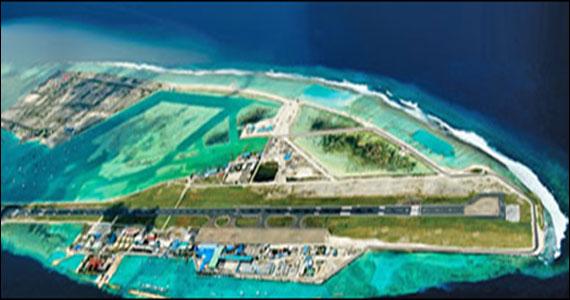




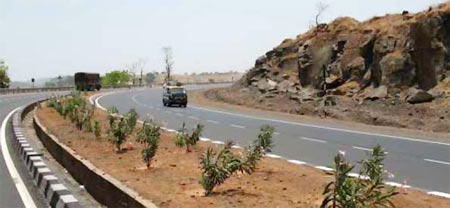
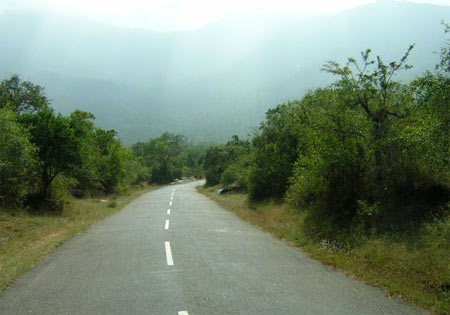
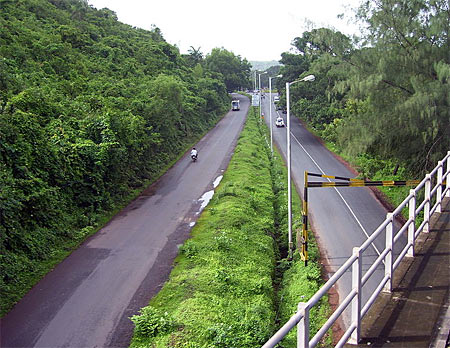
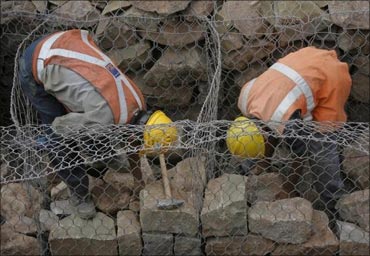


article